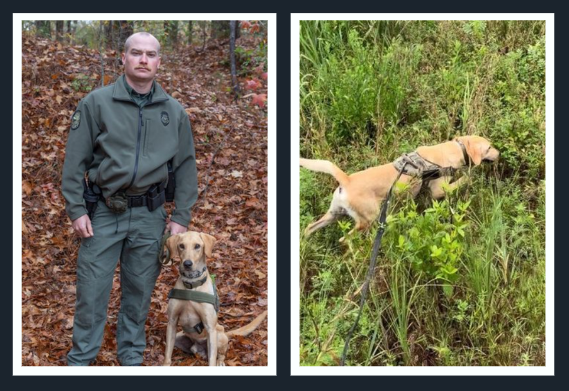The James Webb Space Telescope (JWST) is the largest, most powerful space telescope ever built. The JWST is the successor to the Hubble Space Telescope (HST), which was the first complex observatory placed into orbit around Earth. The JWST is a joint project between the National Aeronautics and Space Administration (NASA) of the United States, the Canadian Space Agency, and the European Space Agency.
The JWST launched on December 25, 2021, and now orbits the Sun about 930,000 miles from Earth. The telescope was named after James Webb, head of NASA in the 1960s during the Apollo program—the mission to put the first human on the Moon.
NASA recently released the first footage and photos from the telescope’s exploration, so we’re taking a closer look at what’s going on.
In the NBC News clip above, Astrophysicist Neil Degrasse Tyson describes several of the telescope’s released data, including the first image (seen below) which he excitedly calls “stupefyingly detailed”.

NASA/ESA/CSA, and STScI
Space Dust, Radiation, and Infrared Cameras
For more than 30 years, Hubble has allowed astronomers to see objects in space with much clearer detail, viewing galaxies at different stages of growth and learning about how galaxies are formed. However, the HST cannot receive images through space dust, which is where stars and planets form. The JWST uses infrared cameras to sort-of see through that space dust, by detecting the heat radiation from objects otherwise hidden from view. This means astronomers will be able to observe the birth and development of stars and planets and study the atmospheres of exoplanets outside our own solar system.


C. Gunn—NASA/ESA (ID no. 352068)

HST Vs. JWST: Compare the images yourself!
Follow this link to Science Friday’s webpage, where an interactive sliding tool allows you to compare the new JWST images to the ones Hubble took of the same subjects!


Check out these cool facts about this space telescope from around the web!
♦ The JWST is enormous, as tall as a three-story building and as long as a tennis court. Its mirror is 21.3 feet in diameter, and is made up of 18 smaller mirrors. Each mirror is coated in a thin layer of 24K gold, as gold reflects red light better than nearly any other metal. This means its mirrors are 98% reflective, compared to the typical 85% reflectiveness of standard mirrors. (CBSNews.com)
♦ JWST Can Clearly See a Single Penny 24 Miles Away
Sharpness of vision, or angular resolution, is a major deal for space telescopes. And this telescope could clearly see a US penny from around 24 miles away. Put another way, JWST could clearly resolve a football from around 340 miles away. (NatureNoon.com)
♦ One Side of the Telescope Is Hotter Than Death Valley, the Other Side Is Colder Than Antarctica
The side of JWST that will always face the Sun sits at a blistering 185º F, meaning it will always be hotter than Death Valley. The other side, containing the mirrors and instruments, faces a frigid -388º F, which is twice as cold as Antarctica.
♦ Which is one reason the mirrors are mainly made up of Beryllium. The total amount of gold in the James Webb Space Telescope’s mirrors would fit in a golf ball.
The amount of 24K gold needed for the mirrors is only 48 grams, less than 2 ounces. Each one of James Webb’s 18 mirrors needs to be capable of reflecting infrared light. The amount of gold must be precise; too little and you won’t cover the mirror entirely, but apply too much and you’ll start to experience expansion, contraction, and deformation when the temperatures change. (BigThink.com)
♦ The telescope’s distance from Earth is massive. While Hubble was “only” 340 miles away from Earth, the James Webb Telescope is around a million miles away from Earth – roughly four times the distance between the Earth and Moon. If anything were to go wrong, humans would not be able to service James Webb. (Indiatimes.com)
♦ Which means when it runs out of fuel, JWST retires into “graveyard orbit” around the Sun.
Hubble had help from four servicing missions, and is still functioning more than three full decades after its launch. Webb, however, needs to use its fuel whenever it wants to do anything involving motion. Unfortunately, that fuel will run out at some point, and science operations end. Leaving it to drift aimlessly could potentially endanger future missions. And so we will send it to a graveyard orbit, where it “will orbit the Sun for as long as there’s a Sun to orbit”. (BigThink.com)
♦ You can track it in real time!
For those folks who want to track Webb’s current status, visit the “Where Is Webb?” site at NASA.
And remember to keep looking up!




















